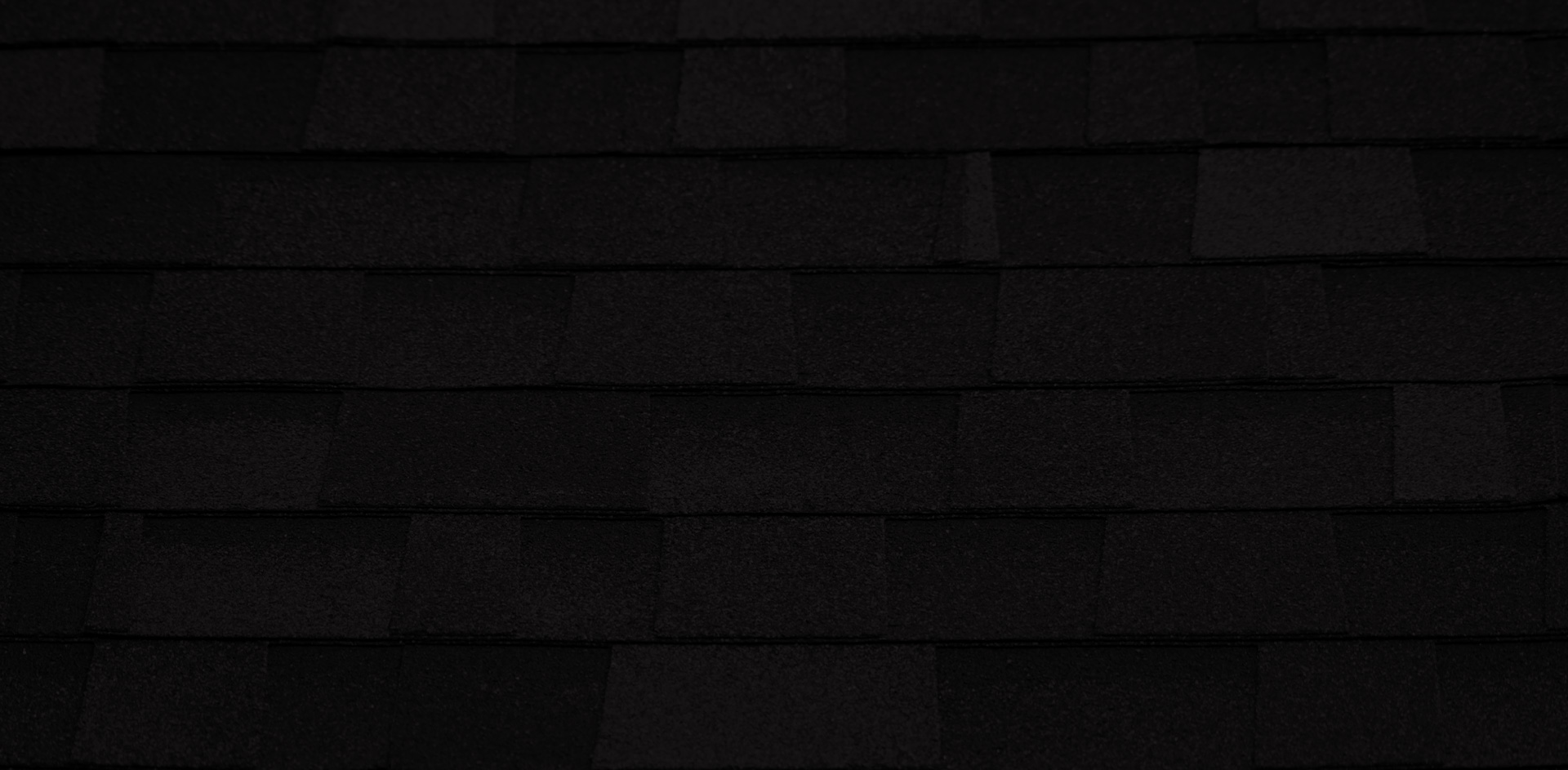Leaks happen when something breaks, cracks, or gets dislodged on your roof, letting water in. And when you report a leak to your roof experts, these are the areas they will check first:
Vent boot
Made of either plastic or metal, the vent boot is one of the first things roofing experts will check when you report a leak. Roof contractors will check for cracks and deformities on your boot and signs of rotting on the rubber boot around the pipe, and will recommend replacing the damaged parts. They will also check for missing, pulled up, or rusty nails in the flashing and replace pieces accordingly with nails with rubber washers. They'll also ensure that the shingles surrounding the vent boot are held down and in good condition.
Dormer window
Just like a vent boot, a dormer window is a roof penetration attached to the roof using flashings and adhesive. Because it is an attached structure, all the parts where it meets the roof should be checked for leaks.
Roof experts will examine the adhesive — usually caulk — used by the builders to fasten the dormer windows. Leaks happen when the caulk is aged, cracked, or missing, thereby allowing water to pass through the cracks and enter your home. To fix the leak, contractors will first replace any damaged or rotting parts in the window then seal connecting surfaces with quality caulk.
Brick chimney
There are two places where leaks may develop in a brick chimney: the chimney crown and the flashing around its base. The former is the cemented part of the chimney, and it stops rain and snow from falling into the structure. When it cracks due to natural wear and tear, water can seep through the crevices. Meanwhile, just as with any roof penetration (vent boot, dormers), the flashing can cause leaks when it starts to rust.
To fix the crown, roof experts employ several methods depending on the extent of the damage. If the damage is small, they use crown coating materials to fill in and seal the cracks, while for significant damage, they may need to remove the whole crown and redo the masonry. Roof experts may also need to tear the corroded flashing off and replace it with a new one.
Step flashing
Step flashings are thin metal sheets used to cover the gaps between the roof and the wall. They’re named such because of how they’re installed: each “step” overlaps with the next, preventing rainwater from entering.
Problems happen when the sheets become rusty and either curl or become loose, allowing water to enter your house. To fix this, roofers will remove the shingles around the defective flashing, pry the flashing loose, and replace it with a new one.
Small holes in shingles
Sometimes the damage isn't evident from afar. Your shingles may get small holes from satellite or solar panel installation without you knowing, and these small holes can let water in. Gradually, the damage can become bigger if left unattended. This is why you should schedule maintenance with your roof experts at least twice a year.
The bottom line
Leaks don’t become a problem overnight. You may fail to notice the signs and only pay attention when leaks start causing more damage than what you’re prepared to handle. So take immediate action no matter how small the leak is.
Let roofing experts D&D Roofing and Sheet Metal, Inc., Inc. take care of your leaks so you can have peace of mind. We treat every project with the utmost care and attention to detail, and our commitment has made us the most trusted residential roofing contractors of Reno and Carson residents. Call us at (775) 521-7440 or get your free estimate now.

